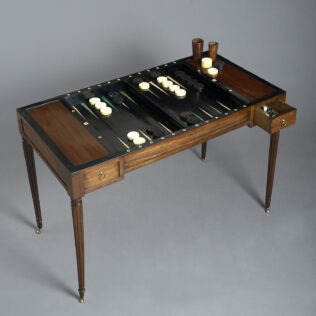Objects
Chinese Ceramics (part II): A Pair of Canton Vases, A Famille Verte Vase, A Pair of Famille Rose Chargers, A Blue and White Tea Canister
As mentioned earlier, there are various sub-categories of Chinese ceramics. While the ones discussed in ‘part I‘ of this series showed more traditional tastes, this part will focus on the more flamboyant.
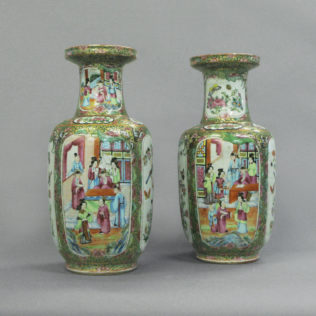
Chinese Canton Porcelain was manufactured and fired in the kilns of Ching-Te Chen. From there, works were taken to the port at Canton, where finishing touches were applied by local artists and goods were shipped to Europe and America. The large central panel, usually depicting interior or exterior scenes, is one of the trademarks of Canton porcelain as opposed to other Chinese Export porcelain of the same time.
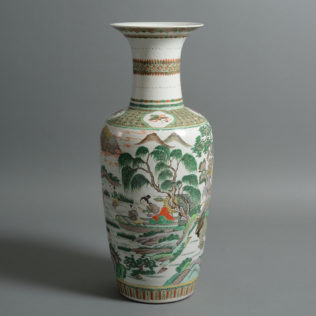
Famille Verte, meaning ‘the green family’ was developed during the Ming Dynasty. Its colours are usually red, green, blue and black, but it is the great variety of greens that really lend the ‘family’ its name.
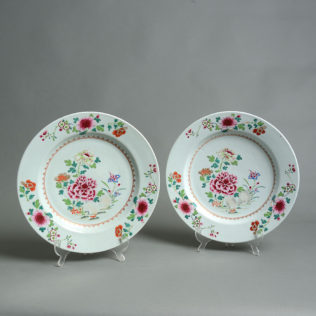
Famille Rose, ‘the pink family’, was first introduced to the genre of Chinese ceramics in the first quarter of the 17th century. The palette of soft pinks, yellows and greens on a white, clean background was largely influenced by a European (more specifically French) taste. The soft shades of the famille rose alined neatly with the mode of the Rococo, fashionable in France at the time. Contrary to the famille verte palette of the previous era, famille rose designs could be fired at a lower temperature, allowing for softer shades to survive the firing process.
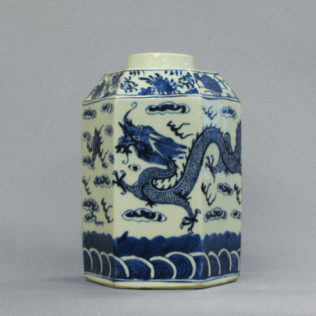
Blue and White Porcelain is (arguably) the most well-known type of ‘China’. The first such wares appeared as early as the 9th century, but it was not until the Yuan Dynasty that this art-form reached the exceptional quality we have in mind when talking about blue and whites today. Export blue and white became highly priced and indeed inspiration to well known factories such as Meissen.
There are, of course, many other categories of ‘China’. To find out more, visit our website timothylangston.com or, even better, drop by the gallery.



